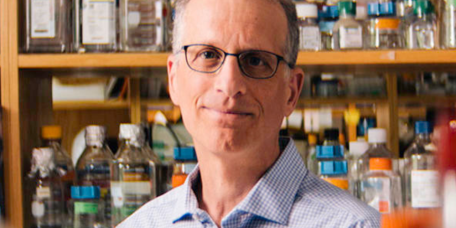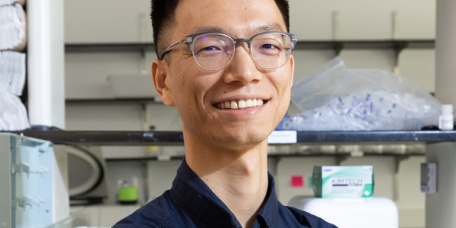The Wistar Institute
Paul M. Lieberman, Ph.D.
Hilary Koprowski, M.D., Endowed Professor and Program Leader, Genome Regulation and Cell Signaling Program, Ellen and Ronald Caplan Cancer Center
Director, Center for Chemical Biology & Translational Medicine
Chengyu Liang, M.D., Ph.D.
Professor and Program Co-Leader, Molecular and Cellular Oncogenesis Program, Ellen and Ronald Caplan Cancer Center
Nan Zhang, Ph.D.
Assistant Professor, Molecular and Cellular Oncogenesis Program, Ellen and Ronald Caplan Cancer Center
Scientific Director, Imaging Facility
David B. Weiner, Ph.D.
Executive Vice President
Director, Vaccine & Immunotherapy Center
W.W. Smith Charitable Trust Distinguished Professor in Cancer Research, Genome Regulation and Cell Signaling, Ellen and Ronald Caplan Cancer Center
Professor Emeritus, University o…
Jessie Villanueva, Ph.D.
Associate Professor, Molecular and Cellular Oncogenesis Program, Ellen and Ronald Caplan Cancer Center
Member, The Wistar Institute Melanoma Research Center
Scientific Director, Animal Facility
Italo Tempera, Ph.D.
Associate Professor, Genome Regulation and Cell Signaling Program, Ellen and Ronald Caplan Cancer Center
Director of Wistar Graduate Programs, Hubert J.P. Schoemaker Education and Training Center
Hsin-Yao Tang, Ph.D.
Assistant Professor, Molecular and Cellular Oncogenesis Program, Ellen and Ronald Caplan Cancer Center
Scientific Director, Proteomics & Metabolomics Facility
Rahul S. Shinde, D.V.M., Ph.D.
Assistant Professor, Molecular and Cellular Oncogenesis Program, Ellen and Ronald Caplan Cancer Center
Joseph Salvino, Ph.D.
Professor, Molecular and Cellular Oncogenesis Program, Ellen and Ronald Caplan Cancer Center
Scientific Director, Molecular Screening & Protein Expression Facility









